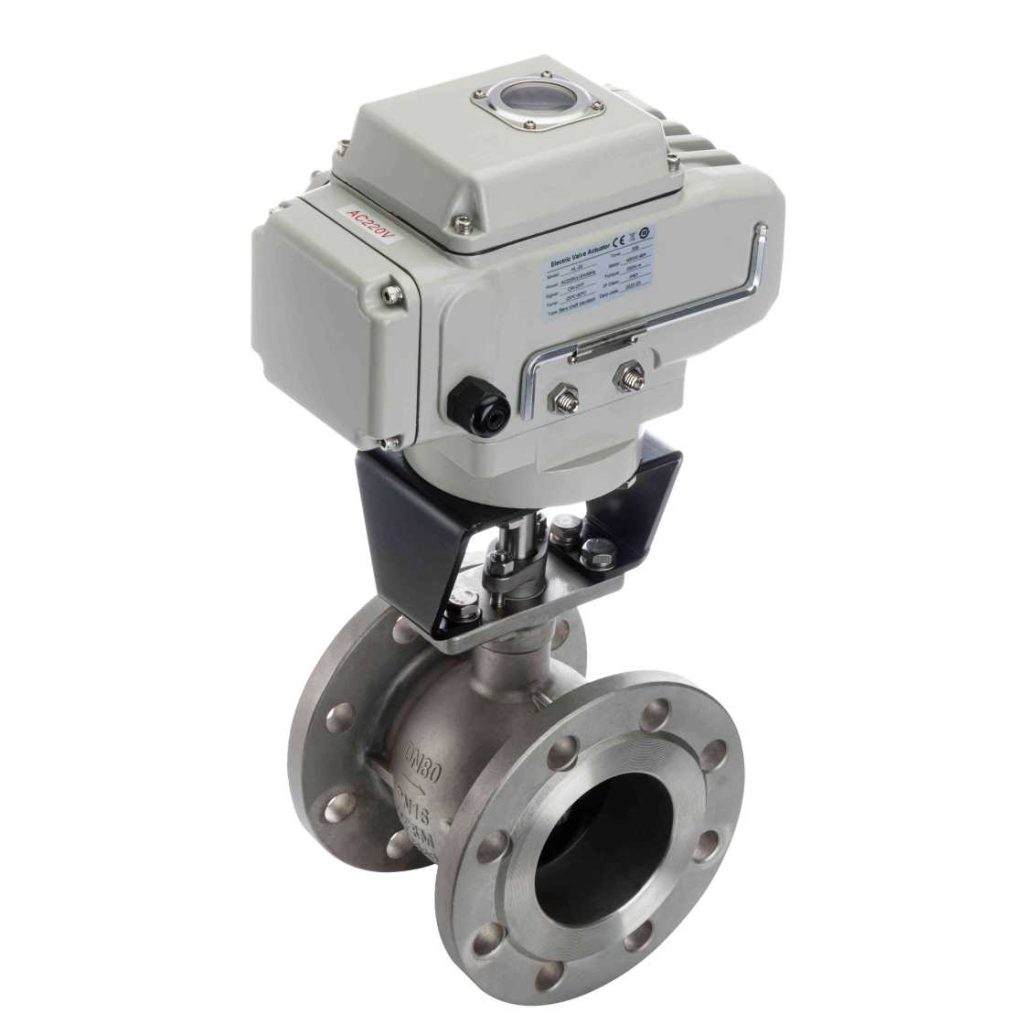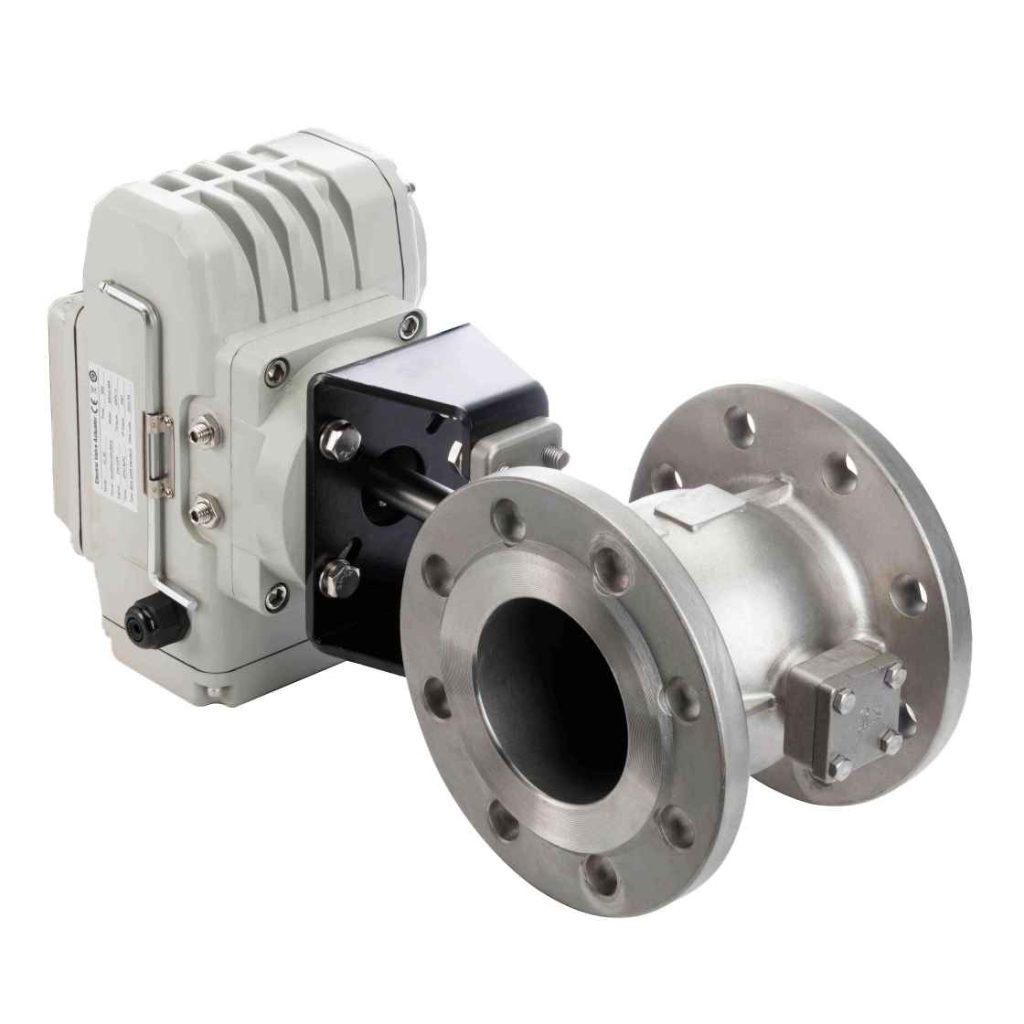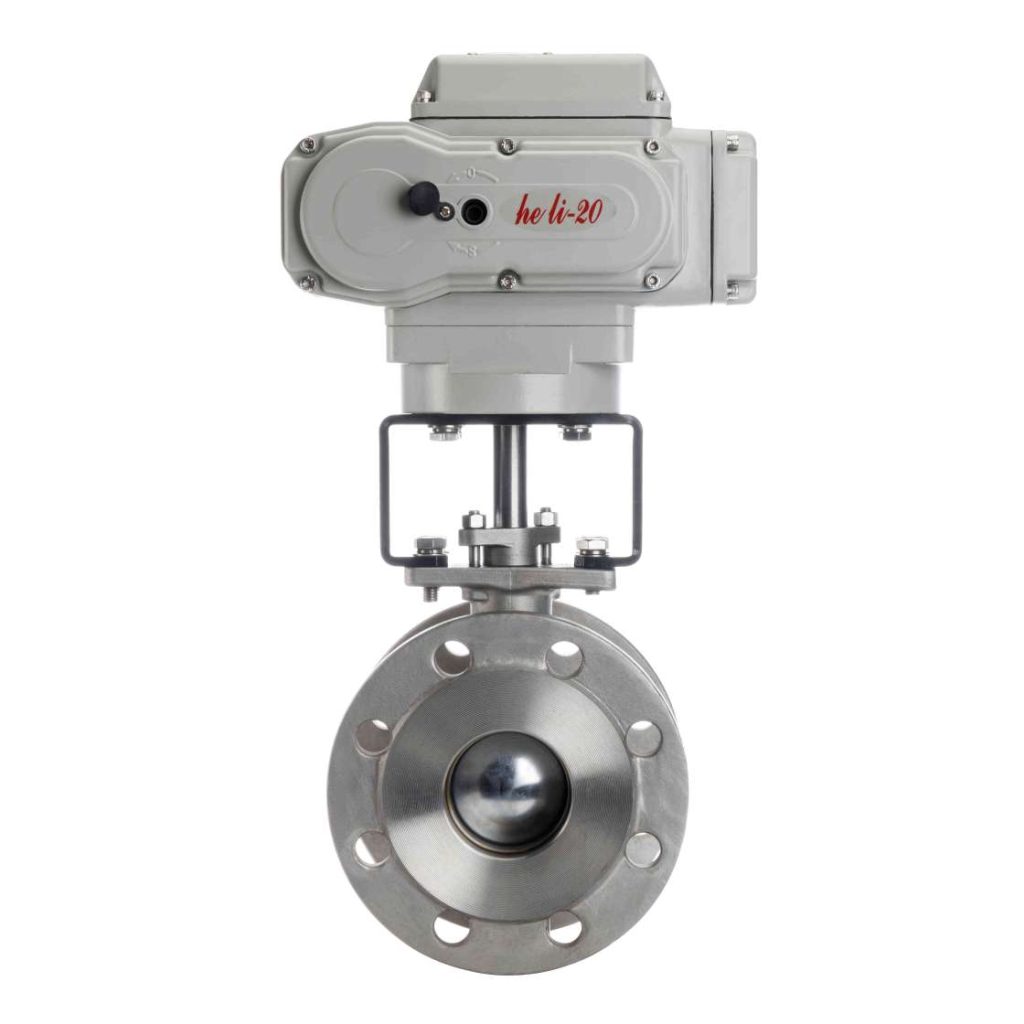Electric V-ball valves, a pivotal component in modern industrial automation, are designed to control fluid flow with precision and efficiency. Combining the features of a ball valve and a V-shaped valve body, this innovative design provides enhanced flow control, making it a popular choice across various sectors, including water treatment, oil and gas, and chemical processing.

What is an Electric V-Ball Valve?

An Electric V-ball valve is a type of quarter-turn valve that employs an electric actuator to control the valve’s position. The “V” in its name refers to the valve’s unique V-shaped port, which enables a more efficient flow path compared to standard ball valves. This design not only reduces turbulence but also provides a more linear flow characteristic, allowing for better control over the flow rate. Key Components The electric V-ball valve consists of several key components: Valve Body: The main structure that houses the V-shaped opening, designed for optimal flow characteristics.

Leave a Reply
You must be logged in to post a comment.